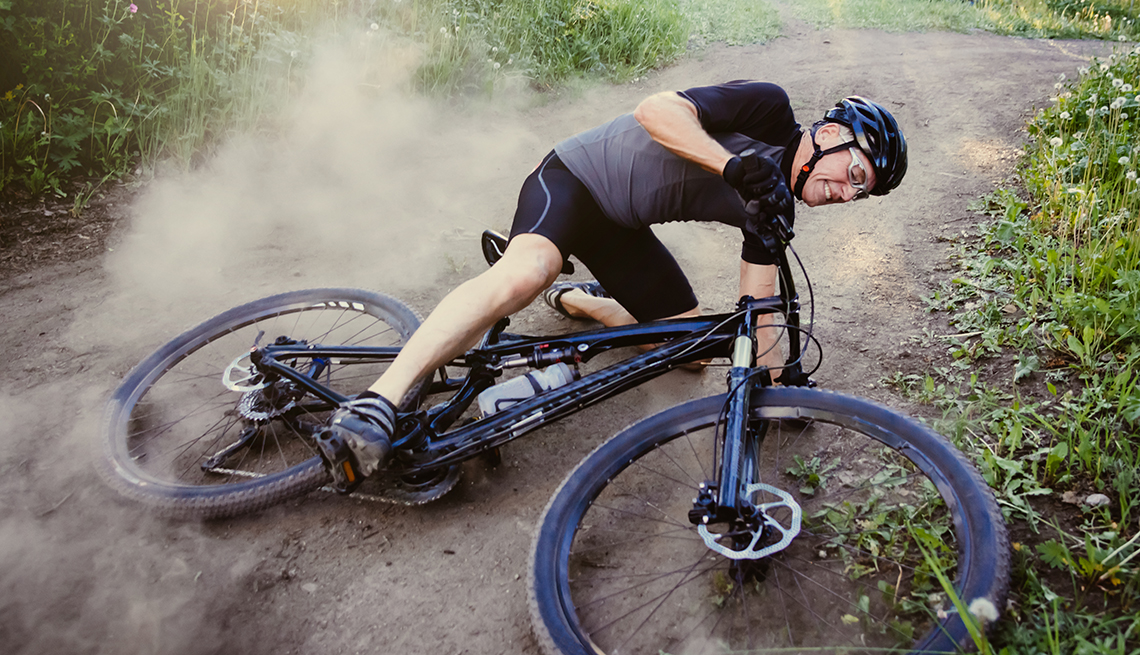
Find out how fall detectors work
- Select a language for the TTS:
- UK English Female
- UK English Male
- US English Female
- US English Male
- Australian Female
- Australian Male
- Language selected: (auto detect) - EN
Play all audios:

After the sensors detect the motion and hard impact of a fall, the device typically triggers an alarm that’s loud enough for others in an area to hear. Many devices can also dial 911 and
selected personal contacts for help using Wi-Fi, cellular signals or even landline connections. Plus, devices embed GPS coordinates. These can be relayed to emergency contacts to pinpoint
your location and find you sooner. YOUR IPHONE CAN HELP PREVENT A FALL If your iPhone is running iOS 15, which debuted in fall 2021, it can use data on your walking speed, step length,
double support time (what Apple calls the proportion of time that both feet are touching the ground when you walk) and walking asymmetry (the percentage of time that your steps with one foot
are faster or slower than the other foot’s) to determine your walking steadiness. You’ll have to give Apple’s Health app permission to gather the data — you don’t have to share it outside
of your phone. And after the app records at least seven days of information, it will assess your stability while walking as “OK,” “Low” or “Very Low.” The assessment, which is updated every
seven days, can’t predict your fall risk, say, today. But if your stability is rated as low or very low, your fall risk within the next 12 months is elevated. The Health app suggests
exercises to improve your mobility. But you also can share this information with your doctor to create a long-term plan for increasing your stability. At the moment, Android phones, a little
more than 2 in 5 of the smartphones in the U.S., don’t have an equivalent feature, but the same sensor is within them. Just about all smartphones and tablets in use today have triaxial
accelerometers, according to information from Gary Weiss, head of the Wireless Sensor Data Mining Lab at Fordham University in the Bronx, New York, who does research into ways these sensors’
data can be used. Most people take this sensor for granted. It’s what allows a phone to adjust its screen display when you change its orientation from vertical to horizontal. 10-Minute
Balance and Stretch Workout _Linda Dono contributed to this story. _
